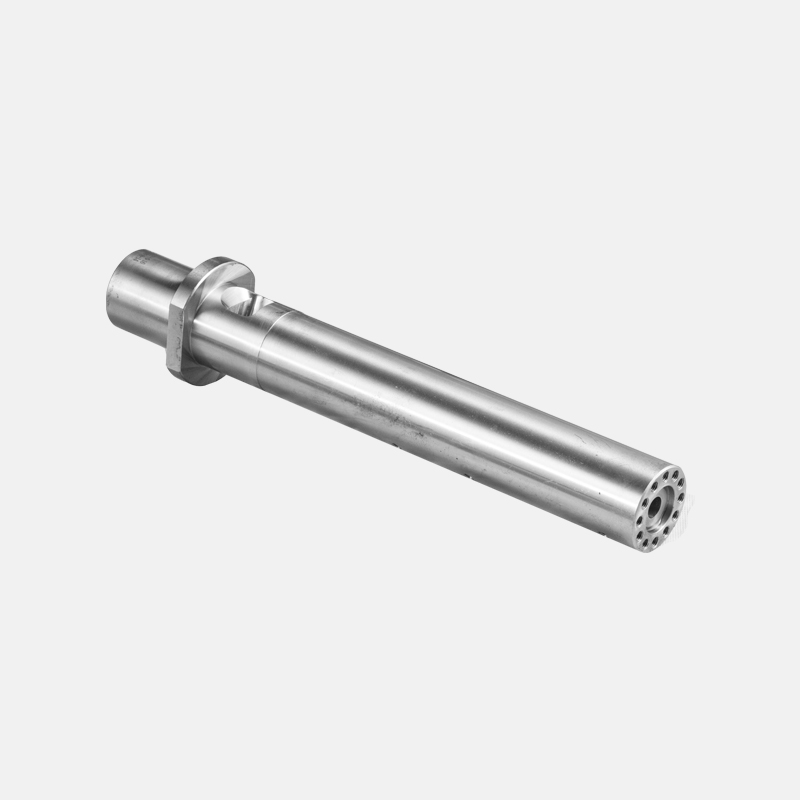1. Material choice:
In the manufacturing manner of twin-alloy unmarried-material pipes, the important first step is material choice. Typically, metallic alloys are selected with special properties or chemical compositions that, when mixed, create a synergistic impact and offer better overall performance characteristics. This selection is decided primarily based on elements which include required pipe properties, application environment and technical requirements. For twin-alloy pipes, the 2 alloys normally need to have exact compatibility in which they are bonded to every different to make sure true bonding and usual overall performance.
2. Prepare substances:
Once the alloy substances to be used are determined, the next step is to put together those substances. This may additionally include particular reducing, cleansing and floor instruction to make sure that there are no impurities or dust where the alloys be part of and that the surfaces are flat and easy for subsequent processing and joining steps. The key to this step is to ensure that the satisfactory and preparation of the materials meet the necessities of the manufacturing method, thereby ensuring the great of the final product.
3. Precision processing:
The manufacture of bi-alloy monomaterial tubes includes precision machining of alloy substances. This may consist of becoming a member of two special alloy materials together thru techniques such as rolling, drawing or extrusion. This manner requires a high diploma of precision and talent to ensure that the connection among the 2 substances is robust and reliable, and paperwork a continuing aggregate to satisfy the requirements of the pipe.
4. Welding or heat remedy:
During the manufacturing system of the pipe, further welding or heat treatment steps may be required to decorate the bonding homes of the materials. This can consist of using welding strategies to join alloy materials collectively, or warmth treatments to adjust the fabric's lattice shape or overall performance characteristics to beautify the pipe's power, corrosion resistance, or other preferred homes.
5. Forming and shaping:
Once the substances were combined and processed, the pipe might also need to be shaped and fashioned to meet particular length, shape and floor traits. This can also contain bloodless bending, thermoforming or other processing of the pipe to make certain that the very last pipe meets the layout and specification requirements.
6. Testing and fine manage:
Strict first-class manage and trying out processes are critical inside the manufacturing of twin-alloy single-fabric pipes. This may also consist of the usage of numerous non-negative testing techniques inclusive of ultrasonic trying out, X-ray checking out, and so on. To test the high-quality and integrity of the pipes and make sure they meet the desired standards and specifications.
7. Surface treatment and coating (optionally available):
Finally, depending on the cease use of the pipe, it may need to be surface dealt with or lined to beautify its precise houses. This may also include floor coatings that boom corrosion resistance, enhance look or decorate other unique houses, or different related remedies to make the pipe appropriate for a particular software.
double alloy single material tube

 English
English 简体中文
简体中文 España
España عربى
عربى








